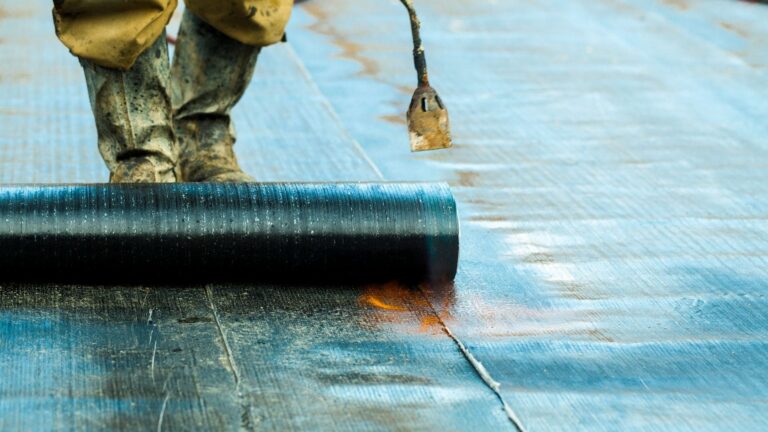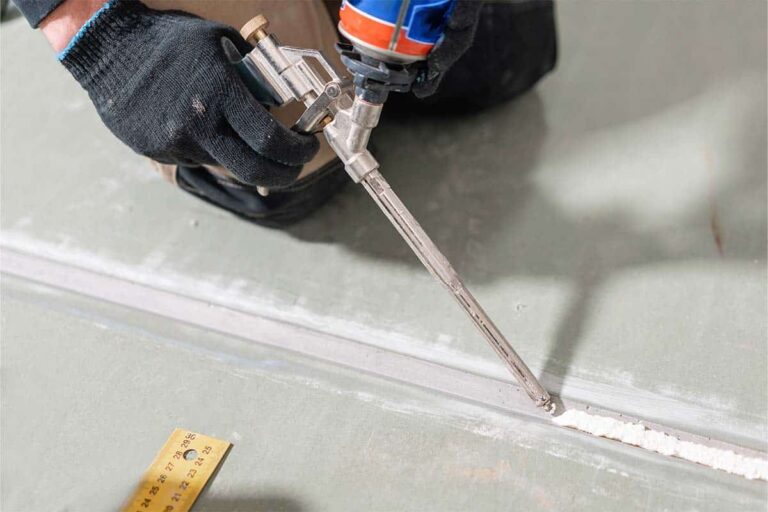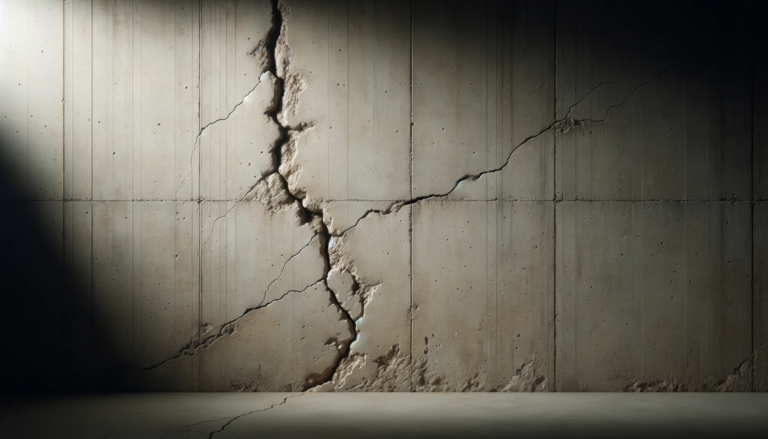While our professional waterproofing services offer expertise, you may be in a situation where a DIY approach is the best option. In this comprehensive guide, we’ll walk you through the steps to effectively waterproof your basement and protect it from potential water damage.
Materials You’ll Need:
- Waterproofing Paint or Sealer: Choose a high-quality waterproofing paint or sealer designed to create a moisture barrier on your basement walls
- Caulk and Sealant: Use caulk and sealant to fill in gaps, cracks, and joints where water might seep through.
- Plastic Sheet or Vapor Barrier: Install a plastic sheet or vapor barrier to prevent moisture from infiltrating the basement walls.
- Sump Pump: If your basement is prone to flooding, consider installing a sump pump to drain excess water.
- Downspout Extensions: Ensure your downspouts direct water away from the foundation to prevent water buildup.
- Gutters and Gutter Guards: Clean and maintain your gutters, and consider adding gutter guards to prevent debris buildup.
- Landscaping: Properly grade the soil around your home’s foundation to encourage water to flow away from the house.
Step-by-Step DIY Waterproofing:
- Assessment: Inspect your basement for cracks, leaks, and areas of moisture intrusion. Identify problem spots that need attention.
- Surface Preparation: Clean the walls thoroughly to remove dirt, dust, and any existing paint. Repair any cracks or gaps using a suitable filler.
- Waterproofing Paint: Apply a waterproofing paint or sealer to the basement walls using a roller or brush. Ensure even coverage and follow the manufacturer’s instructions.
- Caulking: Seal gaps and cracks using a waterproof caulk or sealant. Pay special attention to areas around windows, doors, and pipes.
- Vapor Barrier Installation: If needed, install a plastic sheet or vapor barrier on the basement walls. Secure it in place with adhesive or fasteners.
- Sump Pump Installation: If your basement experiences water accumulation, consult guides on how to install a sump pump to manage excess water effectively.
- Downspouts and Gutters: Clean your gutters and ensure downspouts are clear. Install gutter guards to prevent clogs and direct water away from the foundation.
- Landscaping: Properly grade the soil around your home to prevent water from pooling near the foundation.
- Regular Maintenance: Periodically inspect your basement for signs of moisture. Address any issues promptly to prevent further damage.
Caution: While DIY waterproofing can be effective, it’s essential to recognize the limitations. Severe water intrusion or foundation issues may require professional intervention. If you’re unsure about your basement’s condition, please give us a call and schedule a FREE estimate!
By following these steps and using the right materials, you can take charge of waterproofing your basement and minimize the risk of water damage. Remember, a dry and protected basement contributes to a healthier living environment for you and your family!



